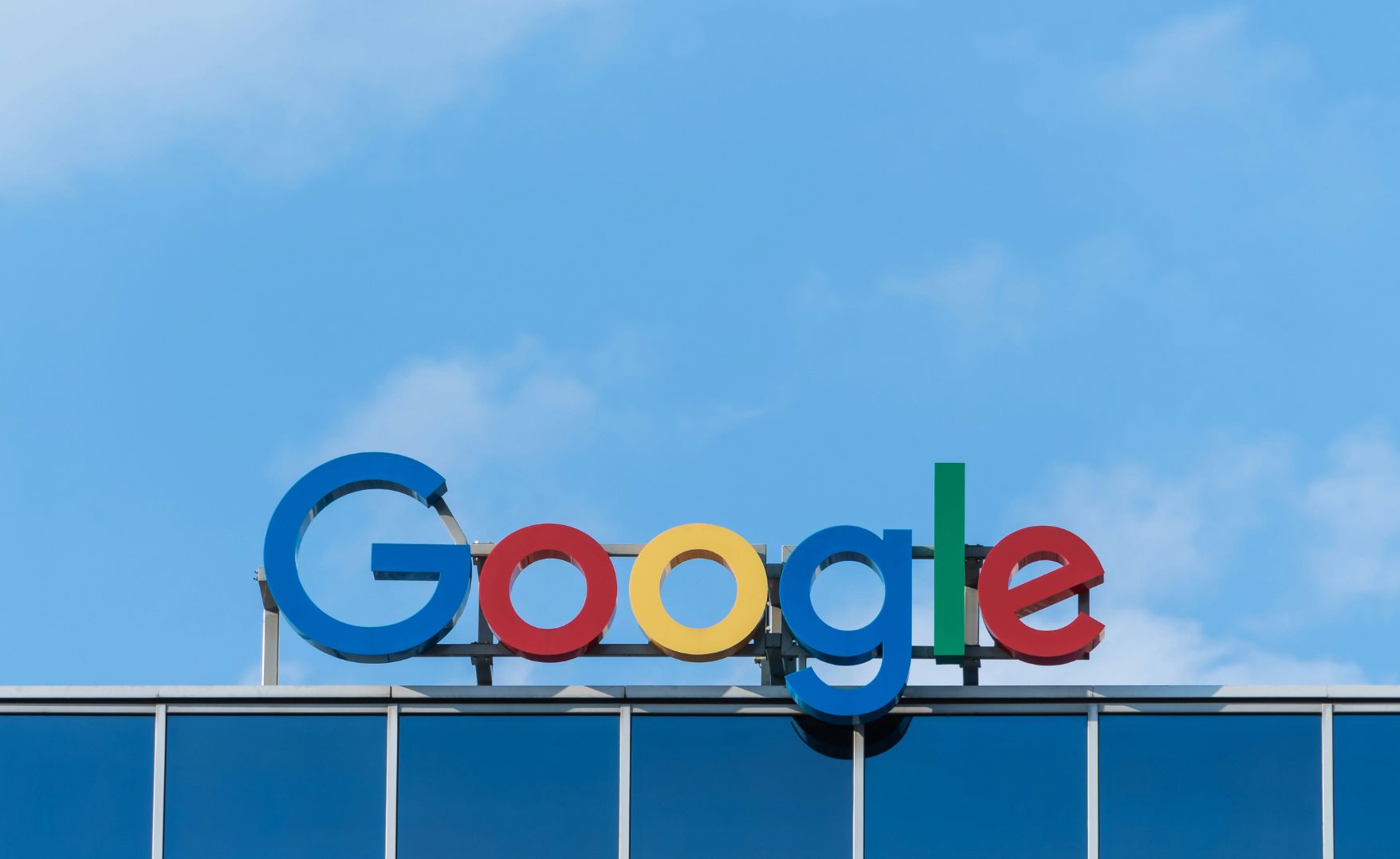
Navigation
Contact Information
Toronto – 320 Front St W Suite 1600, M5V 3B6
Halifax – 2570 Agricola St, B3K 4C6
Email: info@timespacemedia.com
Phone: 902-429-8463
Subscribe to our insights newsletter

When it comes to the decision of one product versus another, there are many careful factors that go into your final choice. And for large purchases like that of a vehicle, loyalty is a large driver of why someone may make one choice over another, whether their own loyalty, or that of a trusted friend or family member. Loyal customers are more likely to return to the same dealership or brand when it comes time to purchase a new vehicle because they have developed trust and satisfaction with the experience that brand has delivered. Additionally, loyal customers are more likely to recommend the dealership or brand to friends and family, which can lead to more business and increased sales.
For automotive marketers, their job is to discover how loyalty in the automotive industry is gained, how loyal customers become advocates for the brand, and how to use that loyalty and advocacy in campaigns.
A recent study by Meta found that 80% of those who had a positive purchase experience in the automotive industry were more likely to be loyal to that brand. And both Tesla and Ford were deemed successful for loyalty, measured by the number of households that purchased a vehicle from a brand they had already owned a vehicle from. McKinsey analysis estimates revenue generated from recurring services could boost revenue from car sales by some 30 percent in the next decade, further proving that loyalty within the industry will be invaluable.
This is why I drive a Toyota. pic.twitter.com/1PA0HskjNc
— Dan White (@atdanwhite) January 19, 2023
Experience
Automotive companies can foster loyalty by offering high-quality products and services. This includes providing a wide range of vehicles that meet the needs of different customers, as well as offering excellent customer service. A positive customer experience is essential in creating loyal customers. This includes providing helpful and knowledgeable salespeople, as well as prompt and efficient service when repairs or maintenance are needed. After all, 54% of customers say they would buy a car from a dealer who offers them the best experience, even if they don’t have the lowest prices.
Enhancing Your Experience
Since the COVID-19 pandemic, customers expect more from the brands they associate with and continually buy from. Customer Experience (CX) may have been an added bonus for those buying a car previously, but it has become one of the major differentiating factors. And though a kind and personable salesperson may have been the way to achieve great customer engagement in the past, the emergence of the online shopper has forced the automotive industry to reconsider how they can delight consumers. Google search trends suggest some 60 percent of car buyers under the age of 45 are likely to purchase their next car online and are interested in contactless sales and services. Thus, the use of online advertising and data collection can put your automotive company in the race among those who spend their decision-making time in digital spaces.
Though even digital shoppers will want to know they are dealing with real people and as per a 2022 Buyer Experience Report study, 67% of automotive consumers will call during their buying journey. If your company doesn’t capture analytics from phone calls, then the customer journey analytics has a major blind spot. You have to invest in software that tracks the full digital-to-call experience. Understanding your customer’s journey in making their purchase decision before they do so will make the experience more enjoyable and easier for them, lending to your overall positive CX and increasing your chances of gaining (or retaining) a loyal customer.
A digital presence can also help to create awareness and loyalty as seen through a recent viral conversation on social media between Toyota’s customer service agent and a customer.
The conversation went viral, with many prompted to share their own stories of why they love the brand and continue to choose Toyota. Experience is one facet that can begin before, during, and after the purchase of a vehicle or product and is the main driving factor for interest in this category.
Subaru is another example of enhanced customer experience, as they aim to attract new and current customers with the is the Subaru Love Promise: “The Subaru Love Promise is our vision to show love and respect to all people at every interaction with Subaru. Together with our retailers, we are dedicated to making the world a better place.” Through this program, they support pets, learning, earth initiative and other areas that align with consumer values. Because of programs like this, Subaru ranked 1st for J. D. Power’s brand loyalty study in 2019, 2020, and 2021 for mass market vehicles and 2nd in 2022 for the SUV category, overtaken by Toyota in the main category. It proves that experience, not just with the car, but with the company, really matters to those looking to make a large purchase.
Incentives
Another way to encourage loyalty is by offering incentives, such as loyalty programs. These programs can include discounts on future purchases, special financing options, or exclusive access to new models. These incentives can encourage customers to return to the same dealership or brand, even if there are other options available. 
Loyalty programs can range from complimentary maintenance to exclusive events depending on the brand. Keeping data on the number of customers enrolled in the loyalty program, the types of rewards earned, and the number of repeat customers can help to identify which incentives are most effective in encouraging loyalty and will help you to target marketing efforts towards customers who have already shown loyalty to the dealership or brand.
And with automakers usually spending about 10 to 20 percent of their revenues on incentives, it’s important to see a return on that investment and bring new or increased business to your brand. Marketing these incentives effectively will hinge on the data you have already within your loyalty programs and data gathered through your marketing efforts. After all, you are merging your potential target audience into your loyalty base and understanding the differences between the two will help you market for those gaps. Incentives can be an excellent way to make your brand stand out among the competition, showing that being a member of your club pays off in the short and long-term. Of course, incentives can only help get customers in the door and interested, showing them a good customer experience and a quality product will always be the main driver for a final purchase decision. Understanding how much incentives matter to each individual customer will need to be a questions you ask and also integrate into your audience building tools.

Supply
The supply chain issues of the last few years have greatly impacted the automotive industry. Even if you have 1000 loyal customers looking for a new car, the chances they will choose your brand if you have no car to offer them are severely diminished. Some will wait until the right brand and the right car is available again, but most will move on and choose another option. This is where the “trust” part of loyalty really shines.
The Office for National Statistics in the UK found that activity in the automotive sector fell 0.4% on the month, driven by a 5.4% drop in the manufacture of transport equipment and a 4.3% fall in computer, electronic and optical products. Global port congestion is at a record high of 14.1% of the total fleet. With all these delays, product availability at dealerships for both vehicles and parts has been negatively impacted. Automotive marketers need to be careful about the messages in campaigns as supply chain issues continue to ensure they aren’t creating more stress or making promises they can’t keep to consumers.
Being hyper aware of data will help to create clarity for your business and allow you to be transparent with consumers about when supply will arrive. Even if the timeframe is longer than the consumer desires, having an accurate date will foster reliability and create more loyalty with customers. You’ll also want to make sure you are targeting specifically so you reach the consumers you need when you have the supply to create a relationship that feels like you know them and their needs and have the solution ready. Your marketing efforts do not need to decrease to seek value for your brand, if you are targeting the right audience at the right time, you can see a better return on investment and increase the awareness of your brand even when your supply is low. Setting realistic expectations and directing them to more information is critical as supply remains an issue. The more up to date this information is, and the understanding of when new information may arrive will help build a sense of trust with customers that will last beyond the the supply chain issues.
When marketing for loyalty, communication and good experience is the key. Knowing your customer and being there for them long-term will create visibility for your brand whenever they are ready to make a purchase. Data will continue to become the most important piece for automotive marketers in keeping acquisition costs down. Knowing when your audience is in the market for a new vehicle and displaying advertisements to them at that time in the right way will help to see a better ROI. By creating good experiences that allow them to make decisions with ease, you will be more likely to gain their loyalty. Once in your sales funnel, offering incentives will help to keep them loyal and move them toward advocacy for your brand.
Toronto – 320 Front St W Suite 1600, M5V 3B6
Halifax – 2570 Agricola St, B3K 4C6
Email: info@timespacemedia.com
Phone: 902-429-8463
Subscribe to our insights newsletter